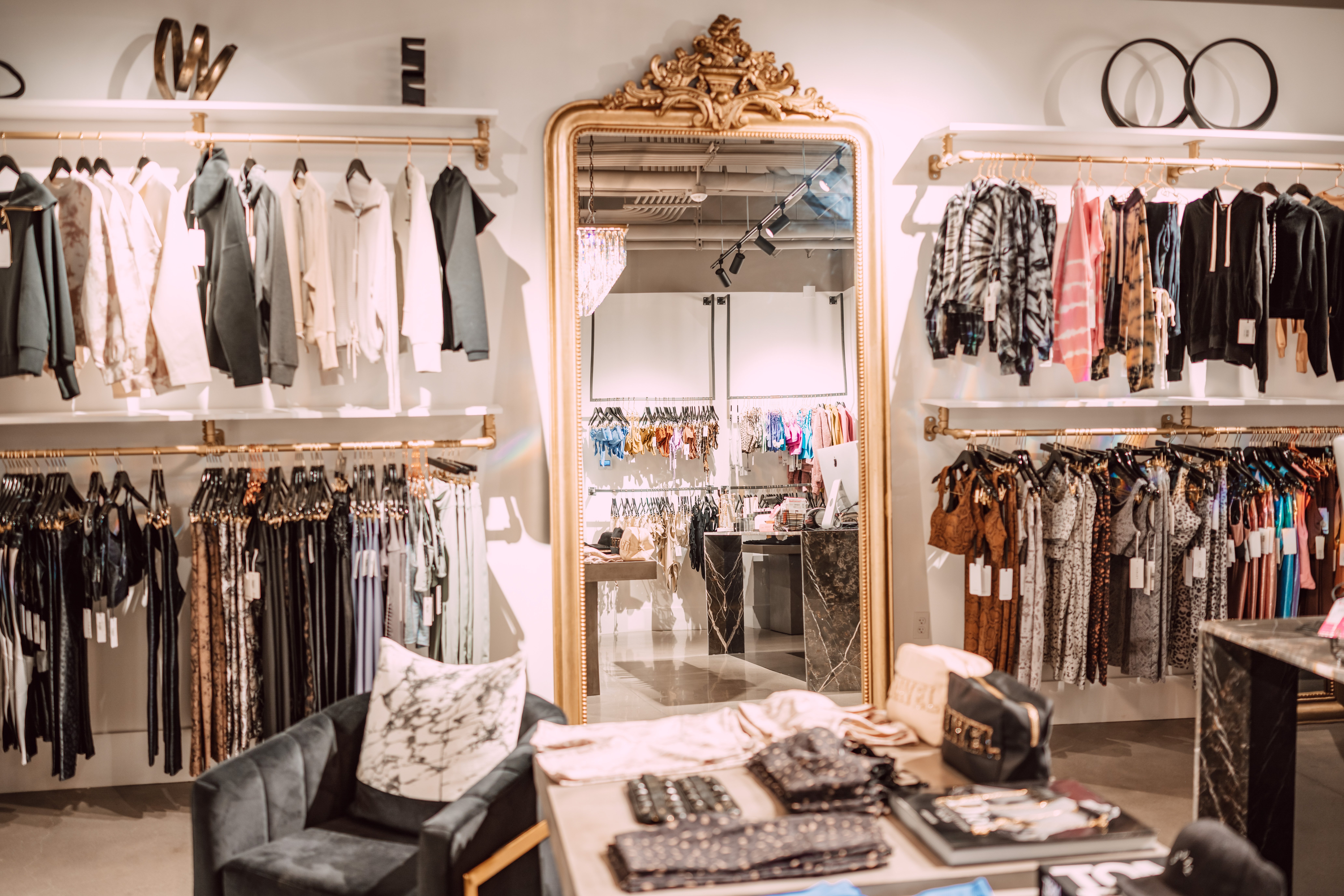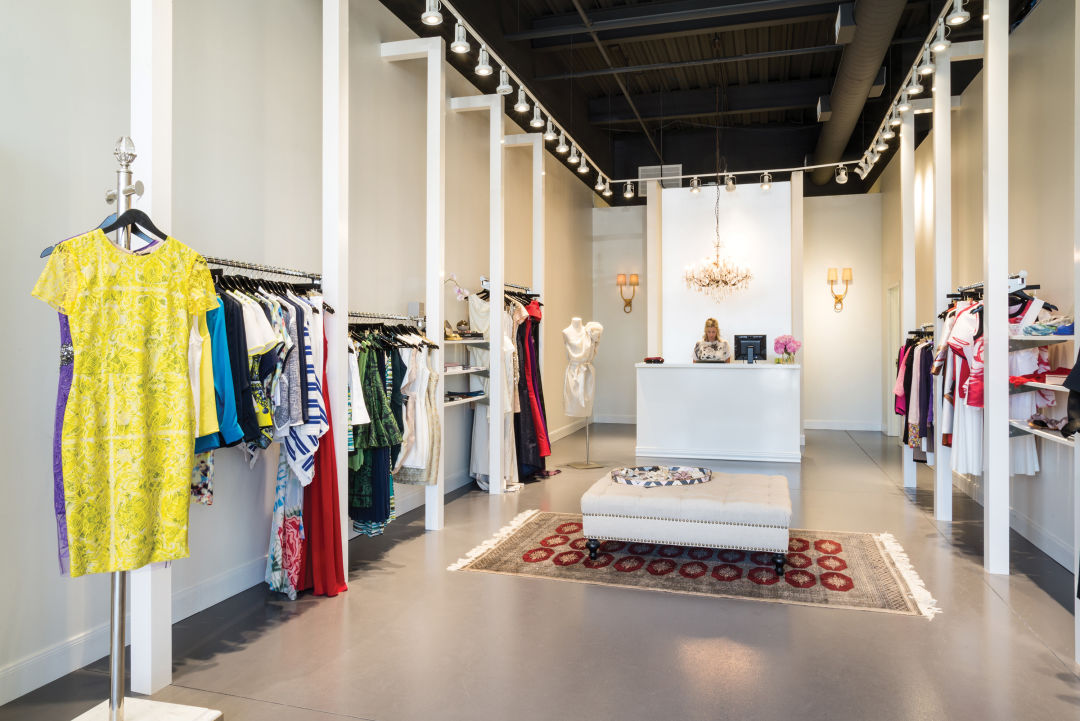The Reason Why Boutique Fashion is the Ultimate Selection for Unique Design
The Reason Why Boutique Fashion is the Ultimate Selection for Unique Design
Blog Article
Exploring the Development and Influence of Clothes on Modern Style Trends
The evolution of clothing has substantially affected contemporary style fads, merging historical precedents with innovative advancements. Famous numbers like Coco Chanel and Yves Saint Laurent changed the style sector by presenting principles that focus on convenience and access, which proceed to resonate today.
Historical Style Influencers
In the tapestry of fashion background, certain numbers have left an enduring mark, forming the patterns and styles that specify entire ages. Coco Chanel, a cutting edge designer, redefined females's fashion by introducing comfy, elegant garments that left from restrictive bodices.
Elsa Schiaparelli is one more pivotal number, renowned for her avant-garde layouts that integrated surrealist art, teaming up with Salvador Dalí to create wayward items that challenged traditional aesthetic appeals. Her cutting-edge use color and vibrant patterns resounds in modern fashion. Yves Saint Laurent, meanwhile, democratized high fashion with prêt-à-porter collections, bringing path designs to the masses and setting a precedent for contemporary ready-to-wear lines.
These dreamers, among others, not only changed fashion in their times however additionally established enduring patterns that resonate in today's fashion business, offering a structure whereupon modern designers continue to construct and introduce. Their traditions underscore the importance of creative thinking and bold in style's ever-evolving narrative.
Technological Improvements in vogue
Among the dynamic landscape of the garment industry, technical innovations stand at the center of innovation, reshaping how designers create and customers involve with style. The combination of 3D printing has transformed style processes, allowing designers to try out complicated frameworks and lasting materials that were formerly inconceivable. This technology helps with rapid prototyping, minimizing waste and expediting manufacturing times.

Smart fabrics, installing innovation right into fabrics, are also changing the market. Developments like self-cleaning and temperature-regulating fabrics use boosted performance and convenience. Wearable modern technology, incorporating functions like physical fitness monitoring and communication, adds a brand-new dimension to fashion, merging visual appeals with usefulness.
Cultural Shifts and Design
As technical advancements continue to reshape the fashion industry, cultural shifts are equally influential, redefining style and consumer preferences. In recent years, the increase of social networks systems has accelerated the dissemination of global fashion trends, permitting varied social impacts to exist side-by-side and assemble. This electronic interconnectivity has assisted in the quick exchange of concepts, bring about an extra inclusive and eclectic interpretation of design that mirrors the diverse nature of contemporary society.
Cultural recognition and admiration have actually triggered designers to attract ideas from a wider spectrum of ethnic and historical contexts, incorporating conventional concepts with modern looks. This combination has resulted in style that resonates with a wider target market, promoting a feeling of identity and belonging across various demographics. Furthermore, the increasing need for personalization has actually driven brand names to offer personalized choices, allowing consumers to share uniqueness while reflecting their social heritage.
Additionally, shifting social values have actually affected fashion, with inclusivity and Full Report variety ending up being central styles. The industry has begun to welcome models and influencers of numerous type of body, ethnicities, and gender identifications, challenging standard charm criteria. This change emphasizes the power of cultural changes in shaping the future of style, as design ends up being a much more genuine expression of personal and cumulative identification.
Sustainability and Modern Design
While the style sector proceeds to evolve, the necessary for sustainability has actually come to be significantly immediate, affecting a knockout post modern-day design practices. The increase of slow-moving style, which emphasizes high quality over amount, urges consumers to spend in classic items instead than short-term fads.
Additionally, contemporary style is defined by its innovation in reducing waste and advertising circularity. Techniques such as zero-waste pattern cutting and 3D knitting are gaining traction, enabling designers to create garments with minimal fabric wastefulness. In addition, brands are adopting clear supply chains, ensuring liability and promoting consumer trust. This strategy not just alleviates environmental impact yet likewise enhances the social duty of style houses.

Future Trends in vogue

Sustainability will remain to be a driving pressure in shaping future style trends. The sector is progressively adopting eco-friendly materials and ethical production techniques, replying to an expanding consumer demand for responsible techniques. Innovations such as bio-fabricated products and closed-loop recycling systems are established to redefine exactly how clothing is generated and consumed, lowering environmental influence while maintaining design and quality.
Cultural changes, including the increase of inclusivity and variety, will additionally play a critical function. As society ends up being much more familiar with social issues, style is anticipated to become a system for expression and modification. Developers will likely focus on producing collections that mirror a more comprehensive variety of experiences and identities, championing visit the site depiction and accessibility.
Conclusion
The evolution of clothing considerably affects contemporary fashion patterns, where historic impacts merge with contemporary designs. This ongoing evolution emphasizes style's duty as a mirror to social values and technological advancement, suggesting a future abundant with development and inclusivity.
The advancement of apparel has actually substantially affected contemporary fashion fads, combining historical precedents with sophisticated technologies.In the middle of the dynamic landscape of the fashion sector, technical innovations stand at the center of advancement, reshaping just how developers create and customers involve with fashion.While the style market continues to advance, the important for sustainability has become increasingly immediate, influencing modern layout practices. As sustainability comes to be embedded in modern layout, it paves the means for a much more responsible and aware style market.
The development of apparel substantially impacts modern-day fashion fads, where historical impacts merge with modern designs.
Report this page